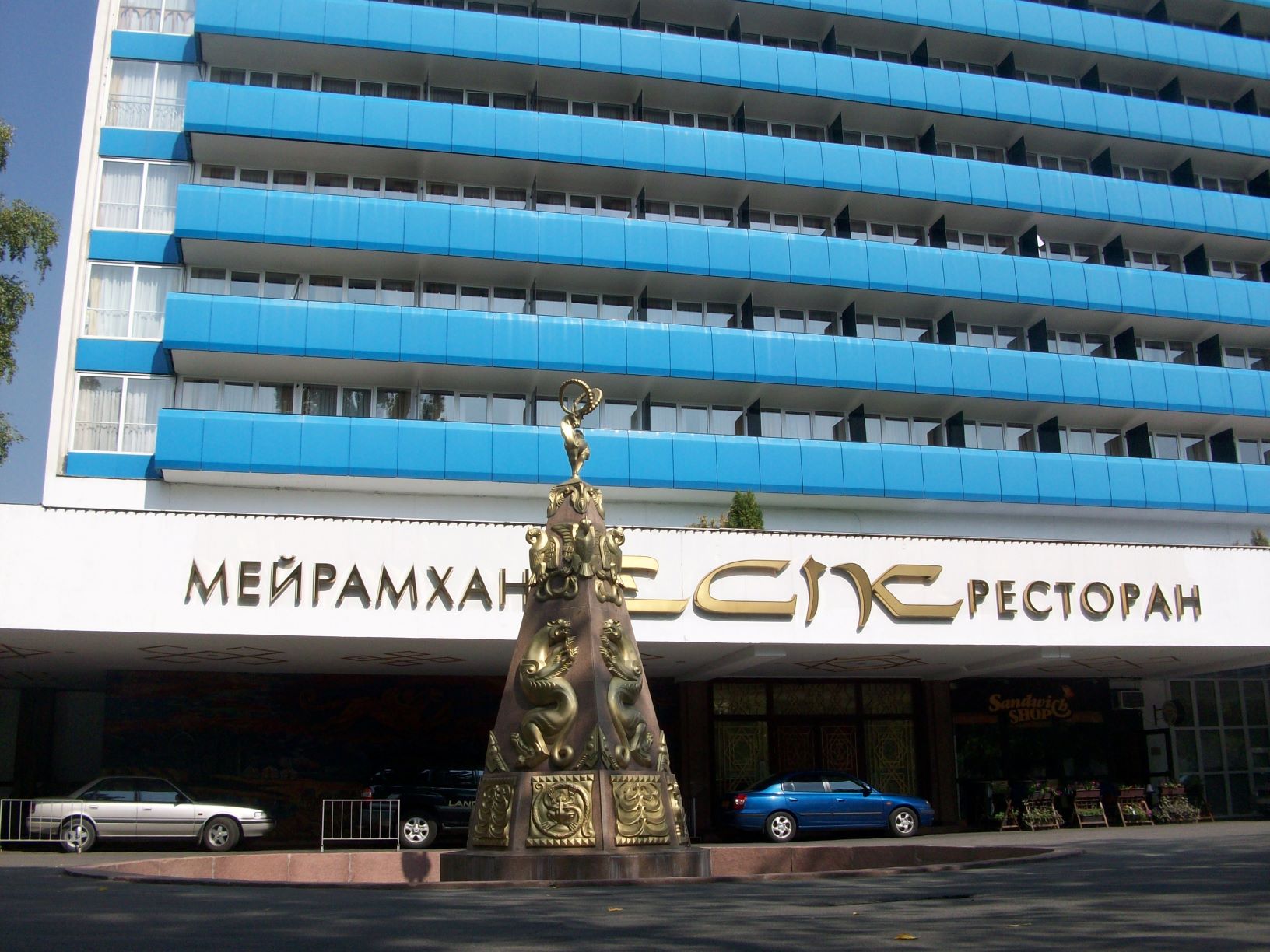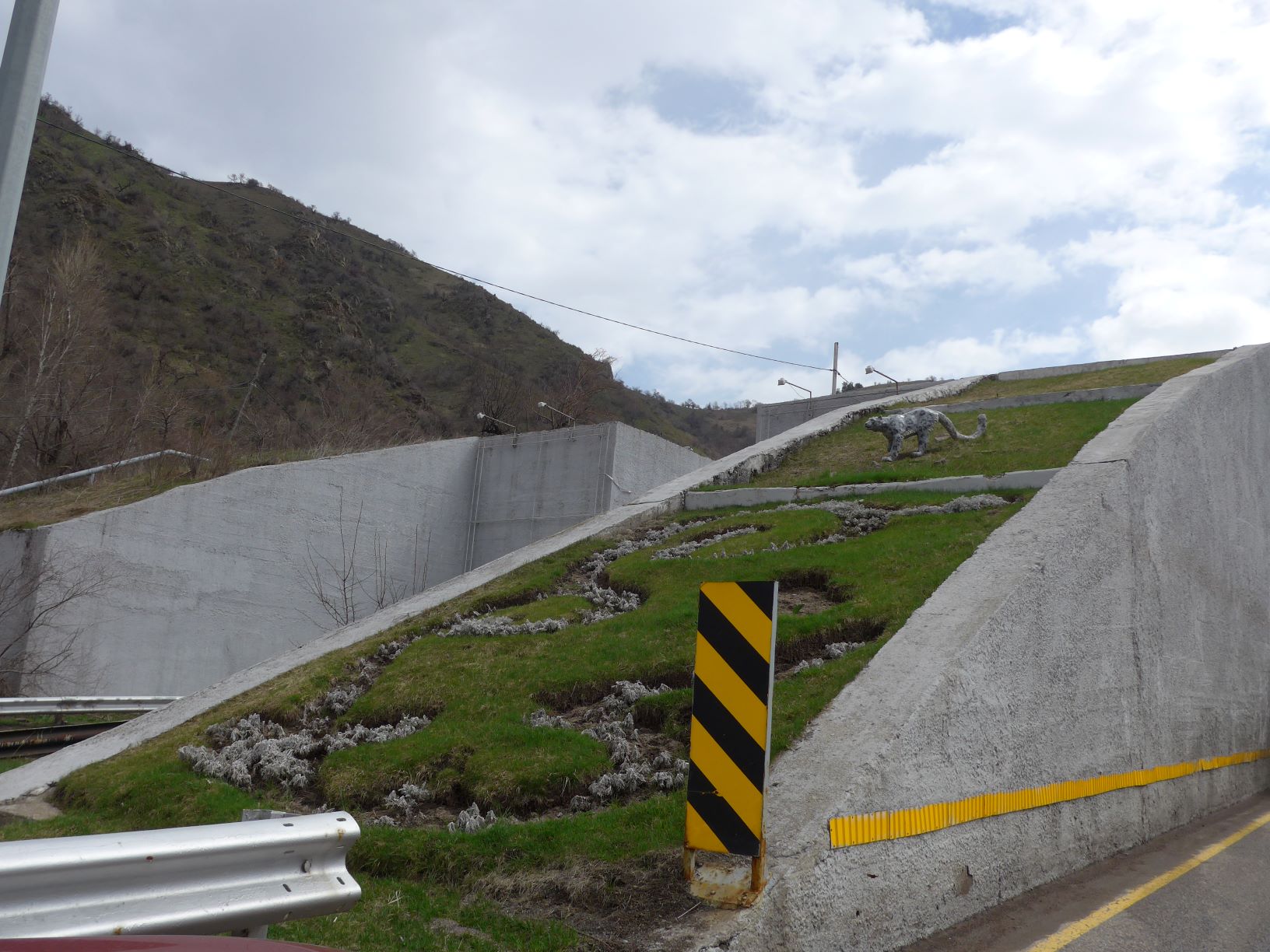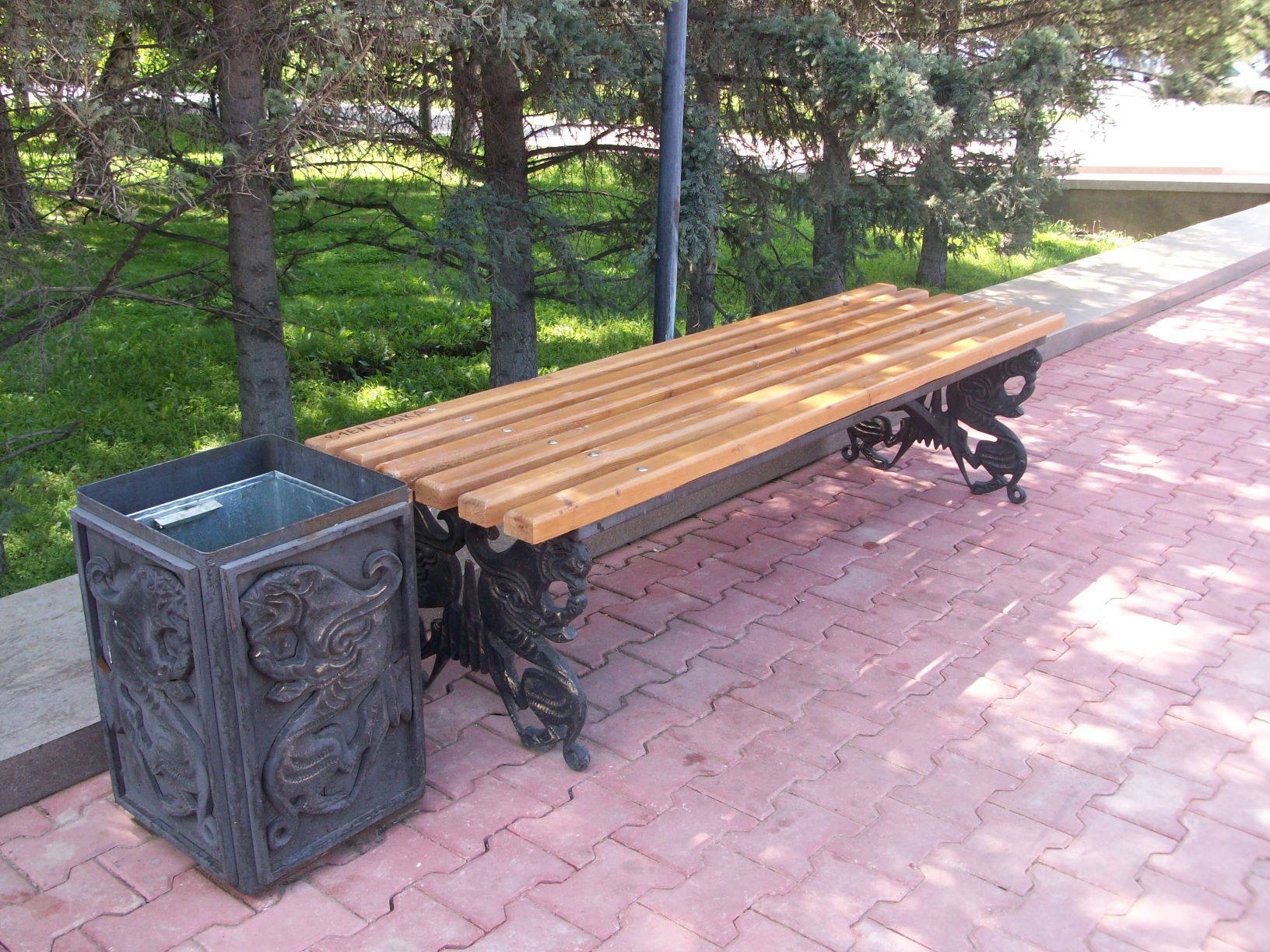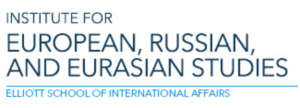This article examines the connection between how archaeological remains were excavated in the past to how such remains are dealt with in present day Kazakhstan. Special attention is given to the snow leopard in the Republic of Kazakhstan.
The discovery of a high-status burial of the Iron Age: The tomb of Issyk
The archaeological heritage of Kazakhstan illustrates a history that goes back thousands of years.
The so-called Saka tribes (archaeologically related to the European Scythians) inhabited the territory of modern-day Kazakhstan in the first millennium BC. Persian written sources reported on them, and these tribes were even depicted on the relief of the Palace of Xerxes in Persepolis (Iran), which dates back to the 5th century BC. Both archaeological and written sources give insight into this group of people and their impressive craft skills, the animals of the time periods, and the broader history of the 1st millennium BC in the territory of Kazakhstan.
Authors:

Karina Iwe received her PhD in Archaeology from Kiel University (Germany). She analyzed the Scytho-Siberian Animal Style in the Eurasian steppe belt. She has worked on excavations in Kazakhstan and Ukraine. After museum positions in Nagaoka (Japan) and Frankfurt, she works now as an exhibition curator at the State Museum of Archaeology Chemnitz (Germany).

Political scientist Anja Franke-Schwenk focused in her PhD at Kiel University on Autoritäre Herrschaftsstrategien: Die Legende vom kasachstanischen Schneeleoparden and conducted extended research about political narratives in Central Asia.
The ‘tomb of Issyk’ is one of the most famous archaeological discoveries in the country and was part of a burial site in an area with more than 40 burial mounds, located about 40 km east of Almaty. This burial from the second half of the 1st millennium BC (est. 4th or 3rd century BC) was excavated back in 1969–1970 by a famous Kazakh archaeologist, Kemal A. Akishev. Despite an unclear anthropological identification, the buried person became known for his grave goods under the name “Golden Man of Issyk” (“Золотой человек“, in fact correctly translates as “Golden Human”), pointing out that it was a burial of a noble male.
Among the numerous decorated objects was a significant piece of headgear, the front of which displays a complex multi-figured composition (К. А. Акишев, Курган Иссык, Искусство саков Казахстана, Москва 1978). Among these characters was a winged big cat next to a highly stylized mountain range as described by the excavator.
This fantasy creature was gold plated and is considered to be a snow leopard with wings. The funeral context refers to a person of high social rank. The grave wasn’t looted, and all of the grave goods remained untouched when archaeologists opened it. But it was not the main burial of the mound, which had in fact been robbed. The discovery of the tomb of Issyk, a burial site for a wealthy cultural group on the territory of Kazakhstan, is one discovery amongst many other burial sites in the region characterized by kurgans (mounds) and impressive imagery on preserved artifacts. The images primarily depict various animals in different combinations. This remarkable burial can thus be understood as one of the highlights within the nomadic culture of the region. Since its discovery, it has been made visible to the public on various occasions. It’s also noteworthy to consider the excavations of Claudia Chang (Professor of Anthropology) in the neighboring Talgar region in southeastern Kazakhstan. She discovered that a significant part of society was involved in activities dealing with farming and herding.




The image of a large cat regularly appears in the context of the Scytho-Siberian Animal Style (east of the Ural, the Scythians are better named as Saka, according to Persian sources), and this image is depicted in the sphere of Iron Age Kazakhstan.
A more hidden version of a large cat—this one made of gold—was found in the site of Shilikty in East Kazakhstan. This burial site dates back to the 7th century BC. The presence of the golden cat illustrates the importance of this animal during the early Iron age. Furthermore, neighboring regions also offer a glimpse of the image of predatory cats—like the examples from Arzhan in the Tuva region of Russia, dating back to the 8th or 7th century BC, where tigers decorate the dagger of the buried prince/king, or from Alagou in Xinjiang (China), dating back to the 5th or 4th century BC. Additionally, in the Pazyryk site, found in Russia’s Altai Mountains, a tattoo of a woman buried in mound 5 of the famous site depicts a more realistic version of a snow leopard with its characteristic fur together with two tigers attacking two deer.
Within the depicted characters of the visual world (Scytho-Siberian Animal Style), the cat’s motif impressively appears not only in single representations, but also in multi-figure scenes with ungulates. Other animal representations highlight animals like mountain sheep (argali), goats, antelope, deer, ibex, horses, wild boar, wolves, or birds of prey. The images illustrate a people group’s sharp observation of their environment and highlight their complex world of spiritual-religious understanding.
Ever since the archaeological excavations uncovered these depictions of large cats, the motif has steadily made its way from ancient burial sites into the modern public spaces of today’s Kazakhstan, and it has become a tool to legitimize the country’s political narrative style.
The political instrumentalization under Nazarbayev
The motif of the snow leopard is an integral part of the country’s cultural heritage and is used widely throughout independent Kazakhstan. It acts as a national symbol in the tradition of the Golden Man of Issyk and as a talisman for the strength and success of the sovereign state. Examples include the Monument of Independence in Kazakhstan’s former capital Almaty (fig. 5), its instrumentalization in the country’s economic development program titled “Strategy 2030/Стратегия развития Республики Казахстан до 2030 года,” and the relief on the marble podium with the gold cast handprint of the Kazakh president Nazarbayev on the top of the Bayterek monument in the city center of Nur-Sultan (fig. 6).


The 107m high Bayterek Tower is particularly noteworthy in its symbolic power for the personality cult of the incumbent president.
As the visionary architect of the capital city, Nur-Sultan, the president not only personally commissioned all of the government district buildings, but also symbolically deposited the political narratives of inseparable unity and the continuity of Kazakh clan leaders’ historical strength and power. The tower, a landmark of the city, symbolizes a mythological tree of life. The golden ball on its top contains the gold-plated handprint of Nazarbayev, which brings luck to anyone who touches it. This mythical power is carried, among others, by the power, purity and peculiarity of the snow leopard. These attributes have been part of the political mythology of the strong president and father of the nation ever since the publication of the 2030 Strategy. In this strategy, Nazarbayev links a number of positive attributes—such as caring, peacefulness, freedom-loving, intelligence, courage, nobility, and virtue—with the Kazakh snow leopard and says he is the guarantor of national sovereignty and economic power. In the logic of his narrative as the “father of the nation,” Nazarbayev epitomizes the state and its radiance, thereby transferring these same attributes to himself.


In other words, Nazarbayev has become the snow leopard, who, in a caring, courageous, and self-sacrificing way, controls the development of the country only for the benefit of the people. The symbolic analogies to historical and cultural figures are not specific to Kazakhstan. Authoritarian rule is based on the reinterpretation of history and symbols and their strategic instrumentalization. The aim is to legitimize political action and the alleged lack of participation by the population. Through the narrative recourse and revival of historical heroes and symbols, the population is given a symbolic orientation based on a seemingly long tradition. This eschatological element of political iconization thus enables a de facto necessity for acting presidents to be seen as the father and protector of the nation.
All photos by
Karina Iwe














